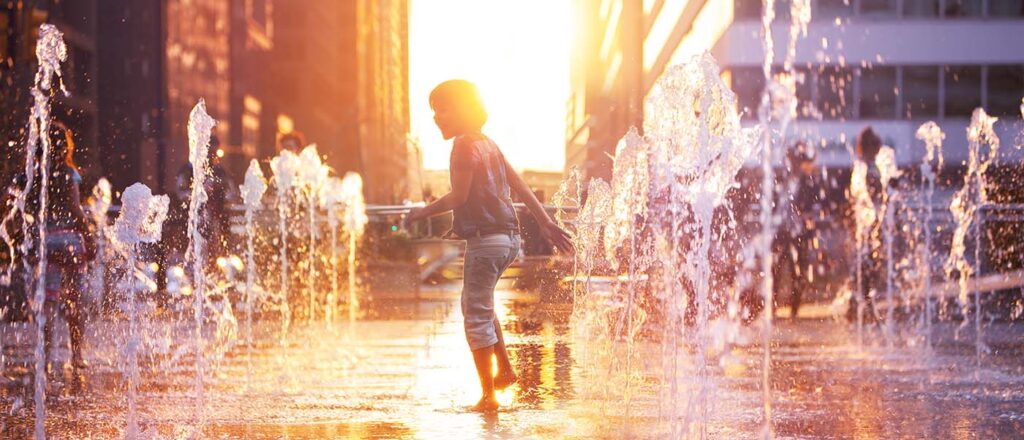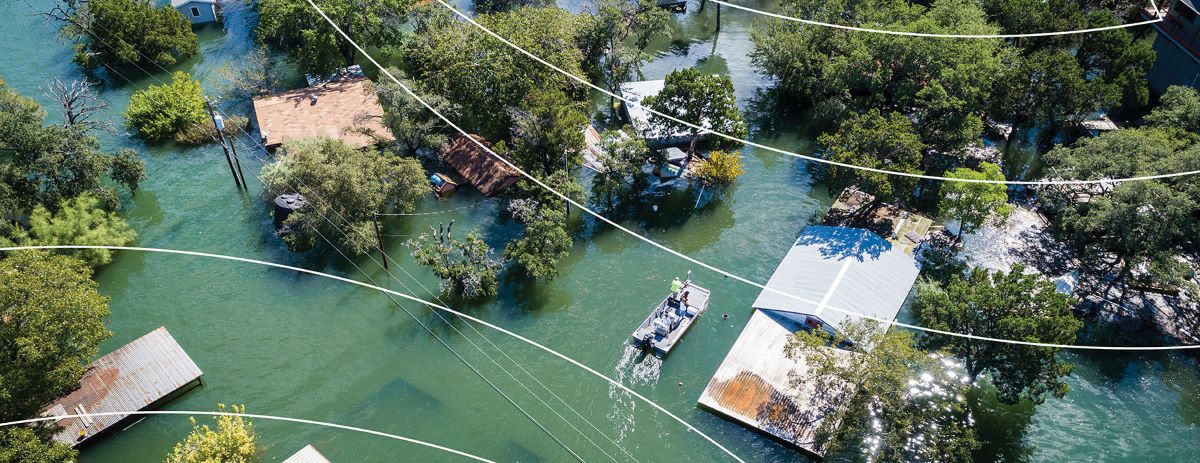As temperatures continue to climb, communities worldwide grapple with the pressing need for effective heat mitigation strategies. Rising temperatures have propelled cities and regions into unprecedented heatwaves, exposing residents to serious health risks and straining infrastructure. Starting to emerge are innovative heat mitigation solutions being offered as a lifeline against the relentless heatwaves. Let’s explore some of the best heat mitigation strategies and understand why they are crucial in the fight against soaring temperatures.
Urban Greening
Cityscapes are encompassed with pavement and little green spaces which intensifies heat, creating what’s known as the urban heat island effect. Urban greening, characterized by planting trees and creating green spaces, is a potent strategy to counteract this effect. Trees provide shade, lower ambient temperatures through evapotranspiration, and reduce energy consumption by offering natural cooling. The significance of urban greening lies in its dual role: mitigating heat while enhancing the urban environment’s aesthetics and quality of life.
Cool Roofs and Pavements
Conventional roofs and pavements absorb and radiate heat, exacerbating local temperatures. Cool roofs and pavements, designed with reflective or lighter materials, bounce back solar radiation, and reduce surface temperatures. This strategy directly impacts buildings’ energy consumption and indoor comfort. Cooler surfaces translate into reduced air conditioning usage, curbing energy demand during peak heat periods.
Geothermal Cooling
Geothermal cooling uses the Earth’s stable temperature to cool buildings. A loop system circulates fluid underground, absorbing the Earth’s natural coolness before circulating back into the building. This method is energy-efficient and environmentally friendly.
Heat-Resistant Infrastructure
Conventional infrastructure materials are ill-equipped to withstand extreme heat, leading to structural damage and performance issues. Developing and utilizing heat-resistant building materials, coatings, and road surfaces is a proactive approach to ensure infrastructure longevity. Building with materials that can withstand high temperatures strengthens our communities against intense heat waves.
Water-Based Cooling Systems
Incorporating water elements into urban design, such as fountains, misting systems, and reflective pools, can provide instant relief from scorching temperatures. These water-based cooling systems offer both functional and recreational benefits. They serve as inviting spaces for social interaction while delivering immediate cooling effects, making them vital in combating heat-related health risks. This would not be a recommended solution in environments that are very drought-prone and have water consumption restrictions.
Community Engagement and Education
While physical strategies play a significant role, community engagement and education are equally important. Raising awareness about the dangers of extreme heat, providing guidance on staying cool, and offering cooling shelters during heatwaves can save lives. Empowering individuals with knowledge helps them to take informed actions to protect themselves and their neighbors.
These heat mitigation strategies can help safeguard our health, especially vulnerable populations such as the elderly and those with preexisting health conditions. Investing in these strategies can conserve energy resources, enhance urban livability, and ultimately determine our ability to adapt as we navigate an increasingly warmer world.



